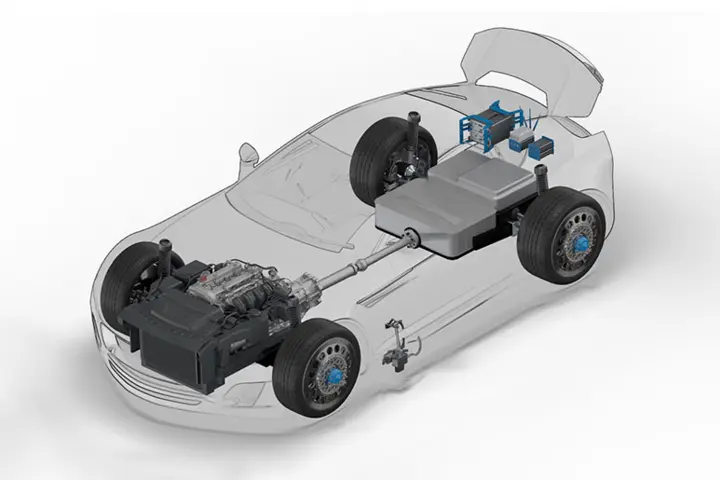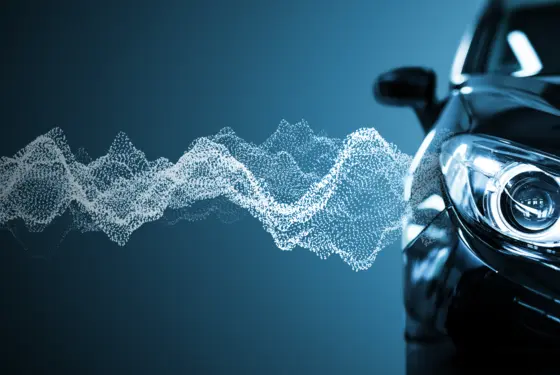How is a powertrain constructed?
Typical components of a conventional (combustion engine) powertrain include:
- engine with flywheel
- clutch
- transmission
- differential
- drive shafts
- gears, chains or similar
A fully electric power train does not include a number of components (engine and flywheel) or they are much less complex (e.g., transmission); but there are also other components, such as the battery. The hybrid power train is the one with the highest degree of complexity, as the base, components must be further expanded with interface components and the interaction of conventional and electric drive requires special control algorithms.
What role does measurement technology play in the design of the powertrain?
To analyze, design and optimize component exchange, special measurement technology is used. Data obtained by measurement technology on torque and energy flows of the system, allow the development of precision control strategies for the overall system. For example, it can be used to optimize the exchange between combustion engine and electric drive - maximizing the braking energy recovered through regeneration of the onboard battery as the vehicle is slowing down and/or stopping.




